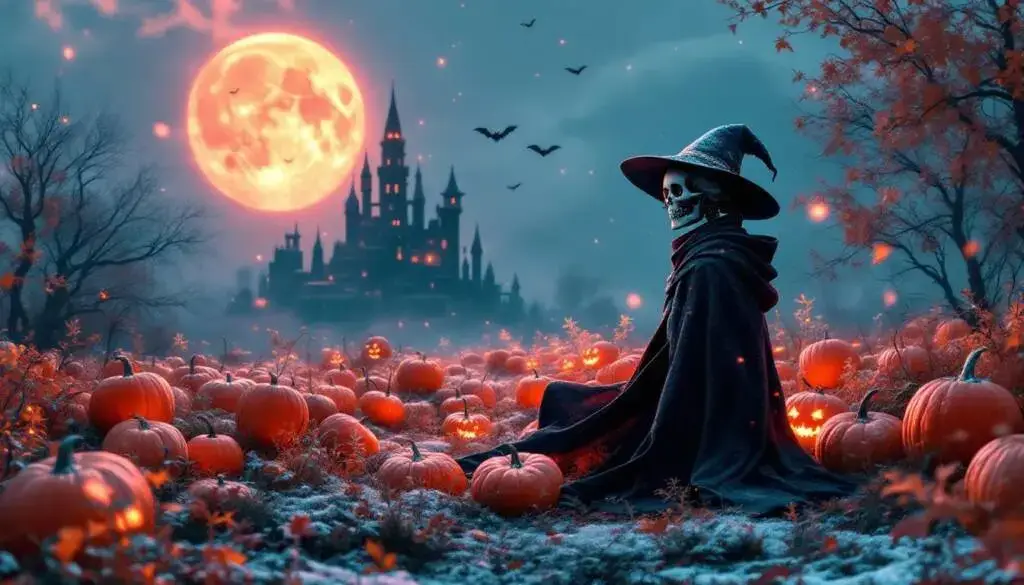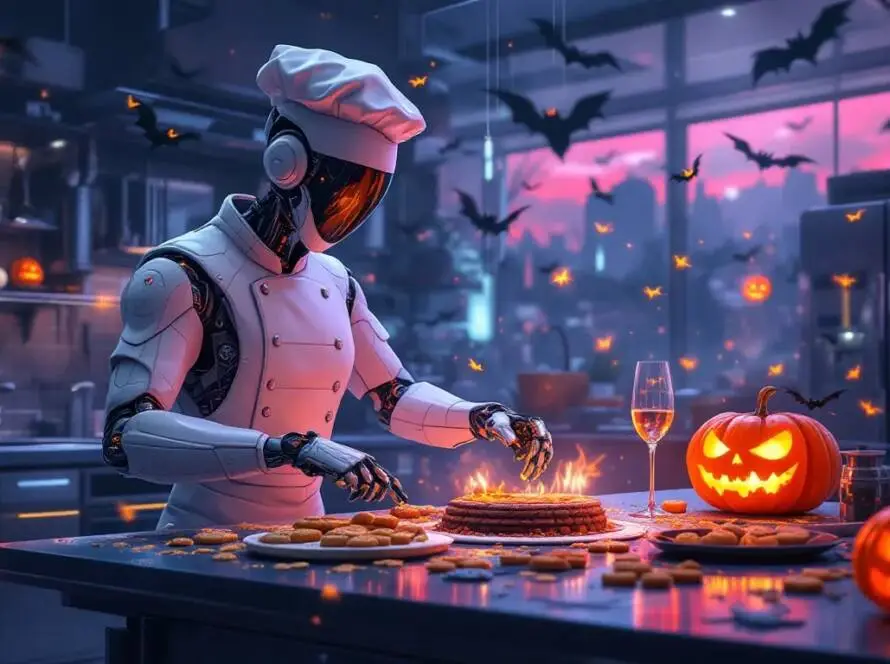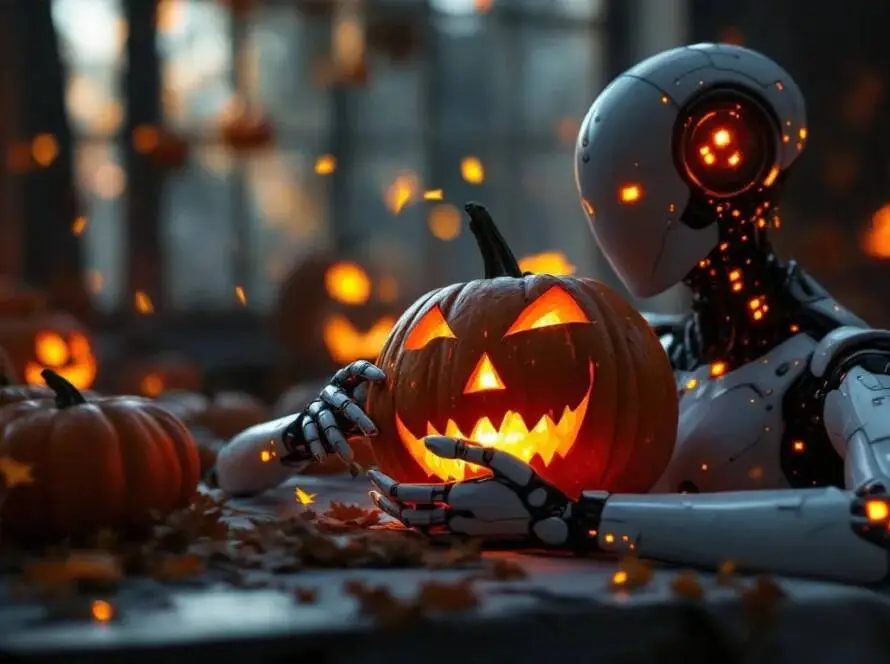The Rich History and Evolution of Halloween
Celebrated on October 31st, has a rich history spanning thousands of years, blending diverse cultural practices and beliefs. Its origins trace back to ancient Celtic rituals, and over time, it has transformed into a widely recognized holiday with both historical significance and commercial appeal. Here are some key points about Halloween’s origins and evolution:
Celtic Festival of Samhain
The roots of Halloween can be traced back to the ancient Celtic festival of Samhain. This critical event marked the end of the harvest season and the onset of winter, celebrated from October 31st to November 1st. The Celts believed that on this night, the boundary between the living and the dead became blurred, allowing spirits of the deceased to return to the earth. To appease these wandering souls, the Celts engaged in various rituals, including lighting bonfires and offering food. Many customs associated with Halloween today, such as honoring the dead and wearing disguises, owe their origins to this ancient festival.
Roman Influence
The arrival of the Romans in Celtic territories further evolved the Samhain festival. They incorporated some of their own festivals, such as Feralia, which honored deceased loved ones, and Pomona, celebrating the goddess of fruit and trees, symbolizing the harvest. These Roman customs melded with Celtic traditions, enriching the practices surrounding the transition from autumn to winter and influencing how communities honored their dead.
Christianization
As Christianity spread throughout Europe, many pagan festivals were replaced or adapted into Christian observances. In the 8th century, Pope Gregory III designated November 1st as All Saints’ Day, a time to honor all saints and martyrs. This led to the evening before becoming known as All Hallows’ Eve, which eventually morphed into Halloween. This Christian framework provided a new context for older traditions, allowing them to survive and evolve while also incorporating new religious meanings.
Traditions and Customs
Over the centuries, numerous Halloween traditions have emerged, reflecting a blend of ancient practices and modern influences. The practice of wearing costumes is often thought to have originated from the Celts, who disguised themselves to ward off spirits. Additionally, the custom of trick-or-treating may have roots in the medieval practice of souling, in which the poor went door-to-door on All Saints’ Day, offering prayers for the dead in exchange for food. This practice gradually transformed into the playful tradition we know today.
Modern Celebrations
Halloween gained significant popularity in the United States during the late 19th century, mainly due to the influx of immigrants who brought their Halloween traditions with them. By the early 20th century, Halloween had become a community-centered holiday marked by festive gatherings, costumes, and trick-or-treating. Neighborhoods began organizing events, and schools participated in celebrations, fostering a sense of community among participants.
Commercialization
In contemporary society, Halloween has evolved into a major commercial holiday, with substantial consumer spending on costumes, decorations, and candy. Retailers capitalize on the season by offering themed decorations and party supplies for all ages. Additionally, Halloween has become a time for themed parties, haunted attractions, and special events, making it one of the most profitable holidays in the consumer calendar.
Conclusion
From its ancient roots in Samhain rituals to its modern incarnation as a blend of cultural traditions and commercial interests, Halloween has undergone a remarkable transformation. While many of its original meanings have evolved, the core essence of honoring the dead and celebrating community continues to define the holiday. Halloween remains a unique occasion that intertwines rich history with enjoyable festivities, allowing individuals and families to embrace the spooky season in their own ways.



